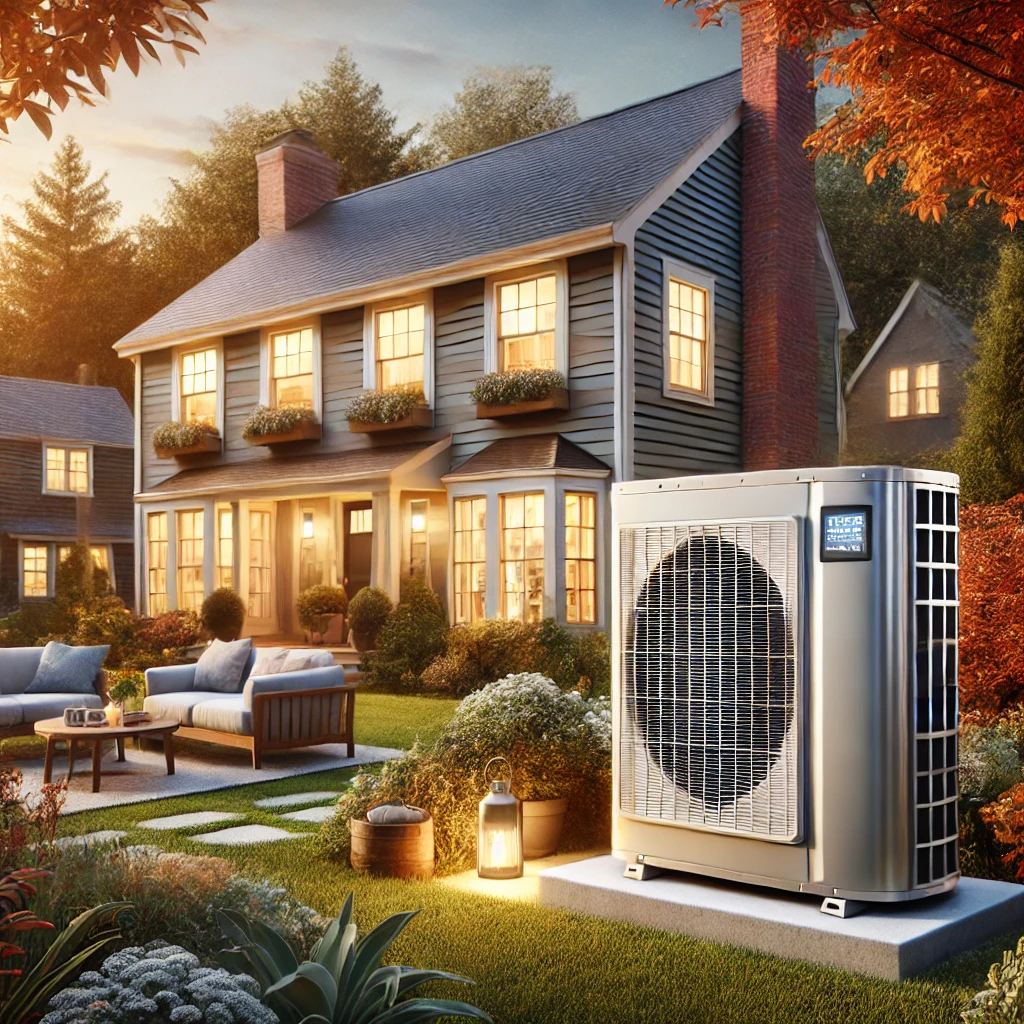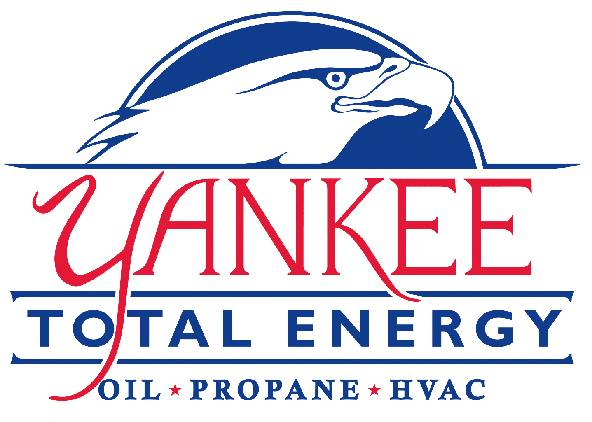Home Heating Oil Installation & Services FAQs
What are the benefits of using heating oil for home heating?
Heating oil provides steady, reliable warmth and is ideal for colder climates. Modern heating oil is cleaner-burning and more energy-efficient, offering effective heating with minimal environmental impact.
How is a home heating oil system installed?
Our installation process includes assessing the home’s heating needs, selecting an appropriate tank size, and safely installing and connecting the tank to your heating system. Proper positioning and safety measures are prioritized.
How often do I need to refill my heating oil tank?
Refill frequency depends on usage and tank size. With automatic delivery services, we monitor your usage and schedule refills as needed to keep your supply steady.
What maintenance is required for a heating oil system?
Regular maintenance, including annual inspections, cleaning, and filter changes, helps maintain system efficiency and safety.
Can heating oil systems be used in environmentally friendly homes?
Yes, modern heating oil burns cleaner than before. Regular maintenance further enhances efficiency and reduces emissions.
Propane Installation & Services FAQs
Why choose propane for home heating?
Propane is a versatile, clean-burning fuel that can be used for heating, cooking, and powering appliances. It offers efficiency, eco-friendliness, and cost savings.
How is a propane system installed?
Our technicians assess your home’s layout and needs, choose the right tank size, and install it safely, following all regulations. The tank is then connected to your heating or appliance systems.
How often do propane tanks need to be refilled
Refill frequency varies based on your usage and tank size. We offer automatic refills based on usage patterns, so you always have a consistent supply.
What maintenance does a propane heating system need?
Propane systems benefit from regular inspections, including tank and line checks, appliance servicing, and occasional cleaning to ensure safe operation.
Is propane installation safe?
Yes, propane tanks and lines are installed according to strict safety guidelines. Regular maintenance and monitoring further enhance safety.
Heat Pump Installation & Services FAQs
How does a heat pump work for heating and cooling?
Heat pumps transfer heat instead of creating it. In winter, they pull heat from the outside into your home, and in summer, they expel indoor heat to cool your home.
What types of heat pumps are available, and how are they installed?
Air-source, ground-source (geothermal), and ductless mini-splits are the main types. Each has a unique installation process tailored to the home’s structure, climate, and energy needs.
How much can I save with a heat pump system?
Heat pumps are very energy-efficient, potentially reducing heating and cooling costs by up to 50% compared to traditional systems.
What maintenance is needed for a heat pump?
Annual maintenance is recommended, including cleaning, inspecting components, and checking the system’s efficiency. Regular servicing helps prevent costly repairs.
Is a heat pump installation complex?
Annual maintenance is recommended, including cleaning, inspecting components, and checking the system’s efficiency. Regular servicing helps prevent costly repairs.
Gas Inserts Installation & Services FAQs
What is a gas insert, and why choose it over a traditional fireplace?
A gas insert fits within an existing fireplace to provide efficient, clean heating. Unlike wood-burning fireplaces, gas inserts are easier to maintain and highly energy-efficient.
How is a gas insert installed?
We inspect your current fireplace, select the right size and style of gas insert, and install it with a sealed combustion chamber and proper venting for safety and efficiency.
What maintenance does a gas insert need?
Annual maintenance includes cleaning, checking venting, inspecting for leaks, and ensuring that the insert operates efficiently and safely.
Can I adjust the heat output of a gas insert?
Yes, most gas inserts come with remote control or thermostat options, allowing you to adjust the temperature for comfort.
Ductless Mini-Split Installation & Services FAQs
What is a ductless mini-split, and how does it work?
A ductless mini-split has an outdoor compressor and indoor units that distribute air into specific rooms. It provides targeted heating and cooling without requiring ductwork.
How is a ductless mini-split system installed?
Installation involves placing an outdoor compressor and indoor air handlers in key zones. Each unit connects to the compressor through a small conduit, allowing for efficient, minimally invasive installation.
What are the benefits of ductless mini-splits for heating and cooling?
Mini-splits are highly efficient, as they allow for zoned temperature control. You only heat or cool rooms in use, saving on energy costs.
Do ductless mini-splits need regular maintenance?
Yes, regular maintenance includes cleaning filters, checking refrigerant levels, and inspecting connections. We recommend annual servicing for peak efficiency.
Can mini-splits be installed in older homes?
Yes, mini-splits are perfect for older homes that lack ductwork, as they offer efficient heating and cooling without major modifications.

